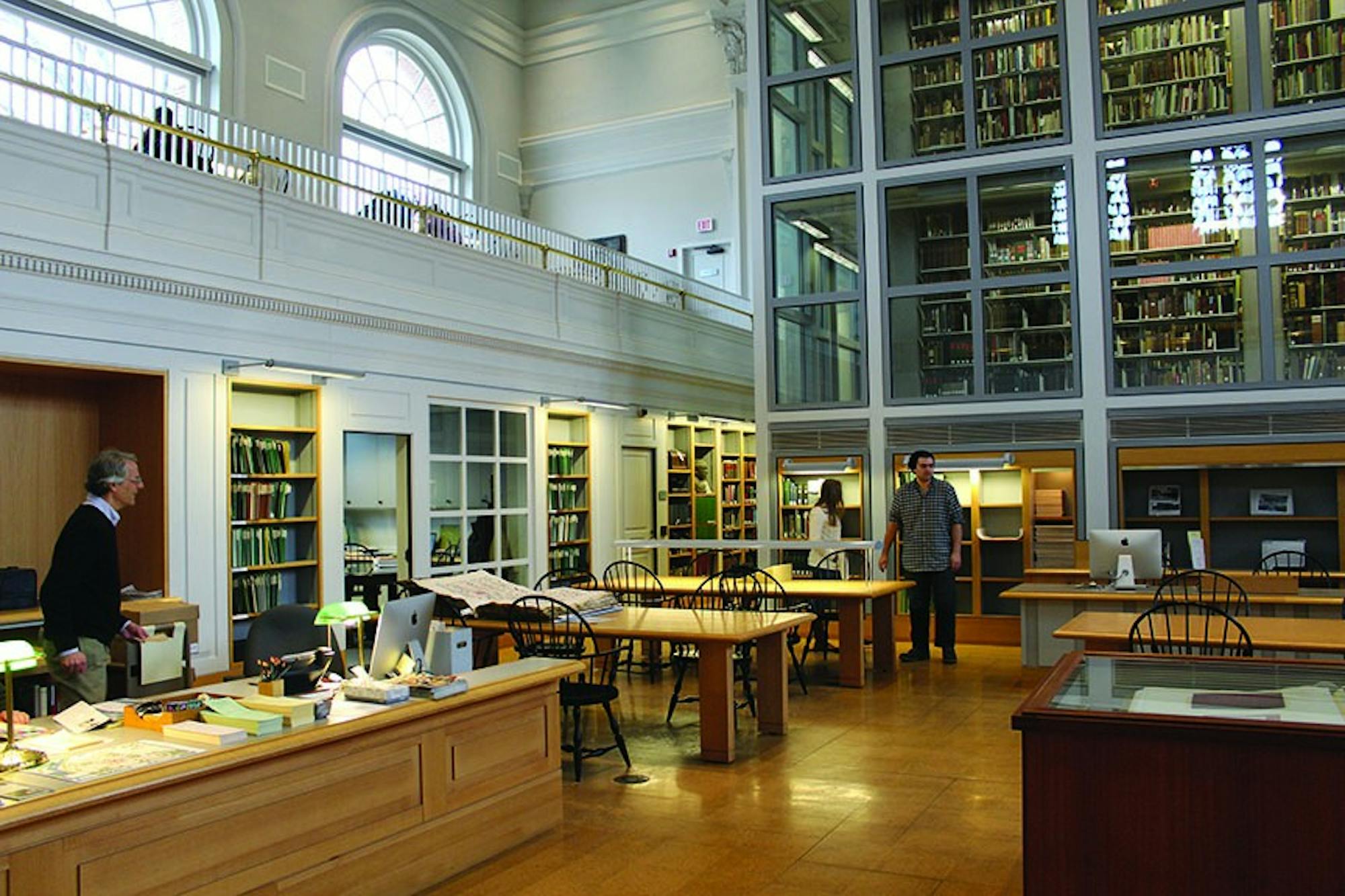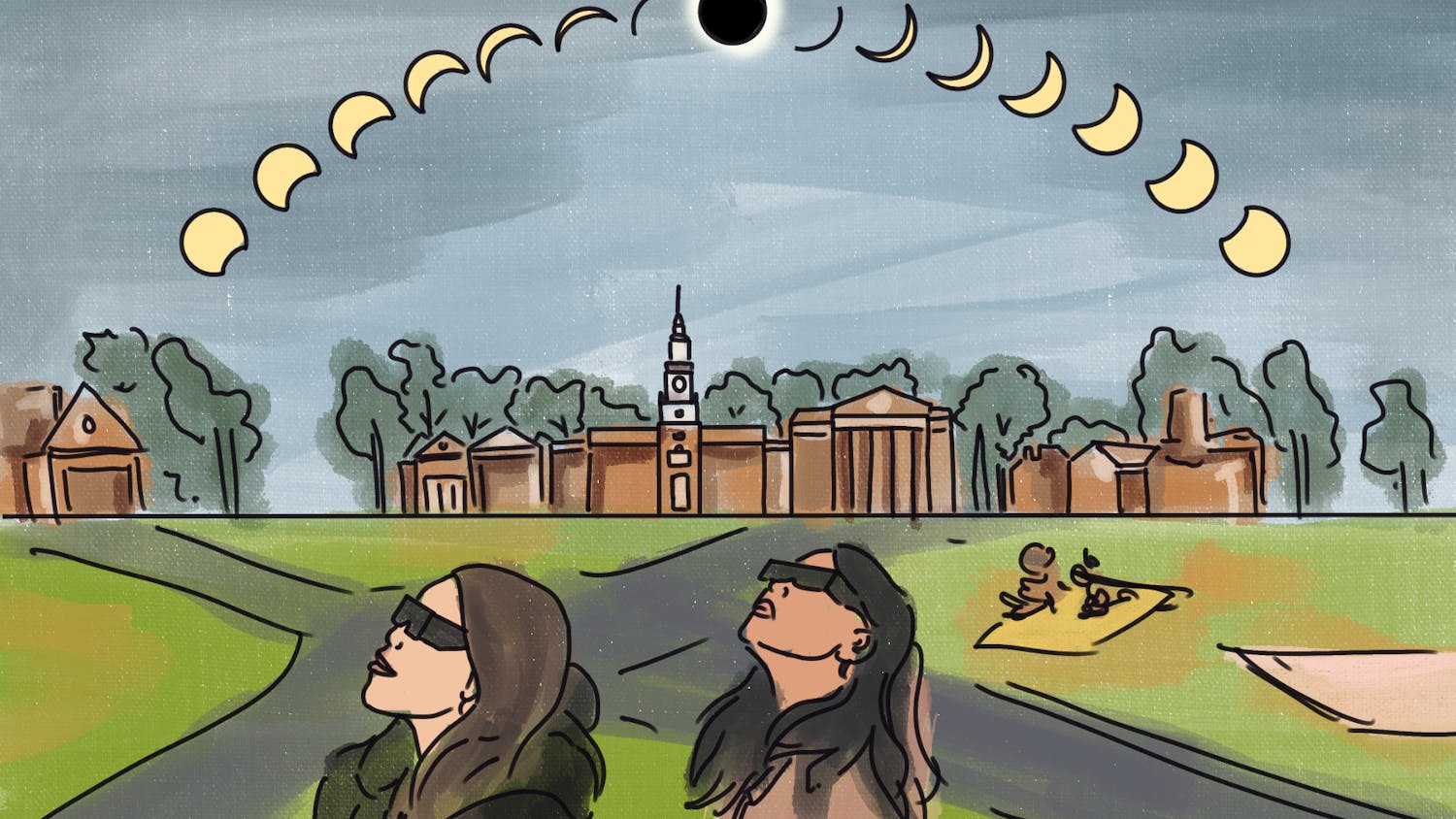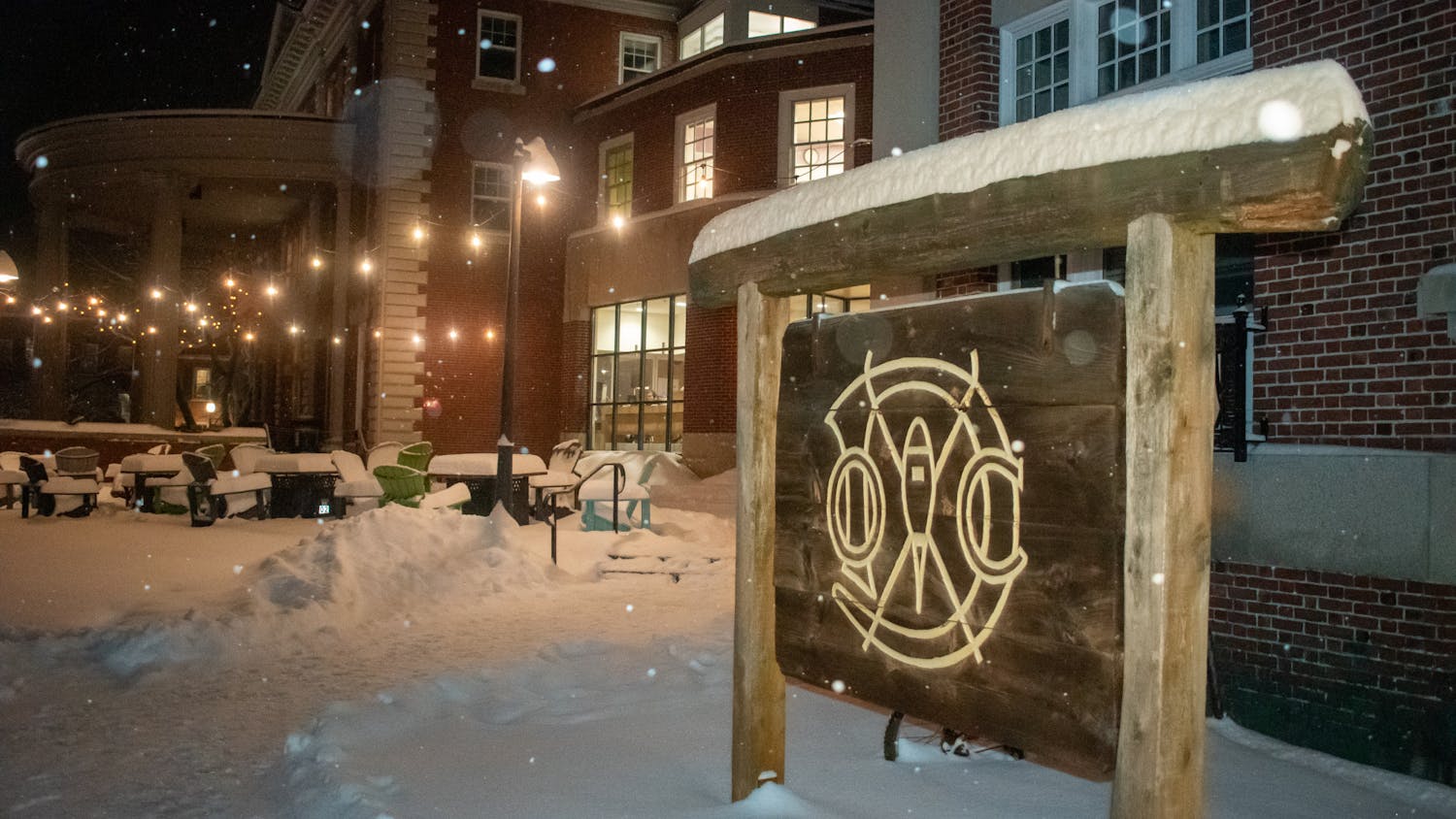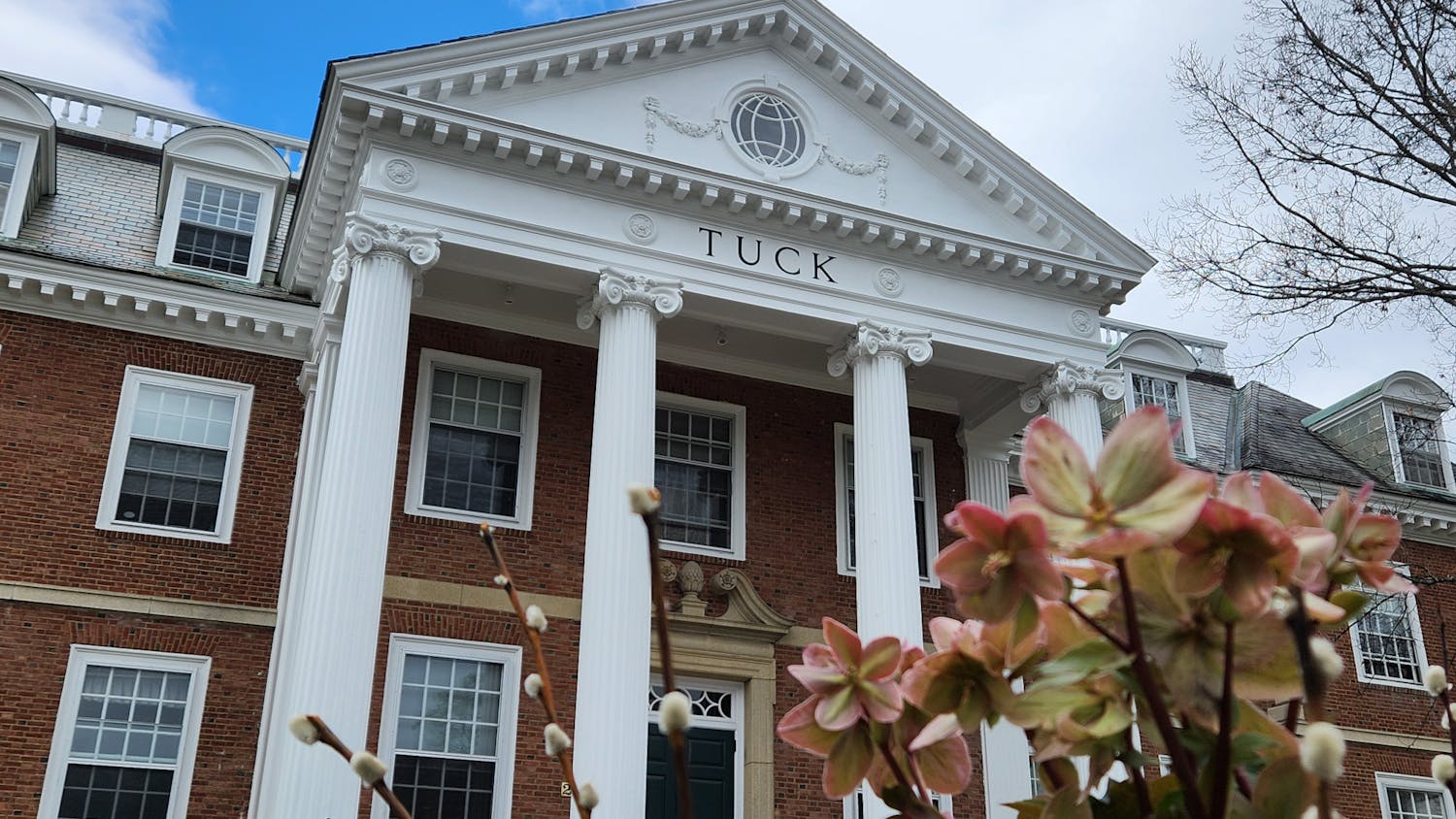There are a number of libraries located all over campus to fulfill all of your studying needs at the College, from group project meetings to (hopefully infrequent) all-nighters.
Baker-Berry Library
Baker-Berry Library, the largest library on campus, distinguishable by its prominent clock and bell-tower, is home to two million volumes and a number of study spaces for students and faculty, including the Reserve Corridor containing Jose Clemente Orozco’s famous mural, the 24-hour Class of 1902 room and the Tower rooms. In 2000, the existing library was expanded upon, adding more collaborative and individual study rooms for students to utilize.
Most students frequent the four floors of Berry library, which are open until 2 a.m. every night, and each floor varies in terms of how silent students are expected to be. For group projects, large open study rooms on the first floor can be reserved, and for a more quiet, isolated atmosphere, the six floors of the stacks offer the perfect, albeit slightly grim, escape. For study fuel, students can turn to the King Arthur Flour café located on the first floor of Berry to find coffee and pastries, although the odds of finding no line, especially in the morning before classes, are extremely slim.
Rauner Special Collections Library
If you find yourself inside having to study on a beautiful day, the best place to go is the Rauner Special Collections Library, with its large windows and open spaces. Closing at 6 p.m. every weeknight and closed on the weekends, Rauner is best utilized for short-term study sessions at its large tables and comfortable couches.
The library hosts the College Archives, which document the history of the College and its three professional schools, through research and personal papers of the students and faculty, as well as through a collection of images compiled over by College Photographers. The College’s collection of rare books and manuscripts can also be found here.
Jones Media Center and the Evans Map Room
If you find yourself looking for any media resources for a class or entertainment, or any A/V equipment, head straight to the Jones Media Center, on the second floor of Berry Library. There are plenty of media workspaces, rooms for collaborative work and spaces for viewing films and presentations for class. Located next to Jones Media Center is Evans Map Room, where students can explore the extensive collection of maps, especially for New Hampshire, the Upper Valley and New England.
Sherman Art Library
In between Baker-Berry Library and Carpenter Hall, Sherman Art Library houses books, periodicals and online resources specializing in art history and studio art.
The cozy wood paneled room provides a study space with tables with plenty of space to spread out. Downstairs, the Sherman stacks continue, lined with more desks that offer an equally silent and private alternative to the often crowded stacks of Baker, especially during finals period.
Paddock Music Library
Found in the depths of the Hopkins Courtyard, the Paddock Music Library’s music collections supply the needs of the College’s academic departments, particularly the music department, and the community at large. The collection spans a large range of genres, including classical and jazz, and includes scores, recordings and both journals and online resources.
Paddock provides a quieter and less-populated alternative to Baker-Berry Library, with comfortable study spaces open to all, with the Courtyard Café nearby for a much needed study break snack.
Kresge Physical Sciences Library
Located inside the ivy-covered Fairchild Hall Kresge Physical Sciences Library is the best place to find books, journals, maps and more on various subjects in the natural sciences. With several Greenprint printers and large desks for studying, it is a quiet, less-frequented library off the beaten path.




